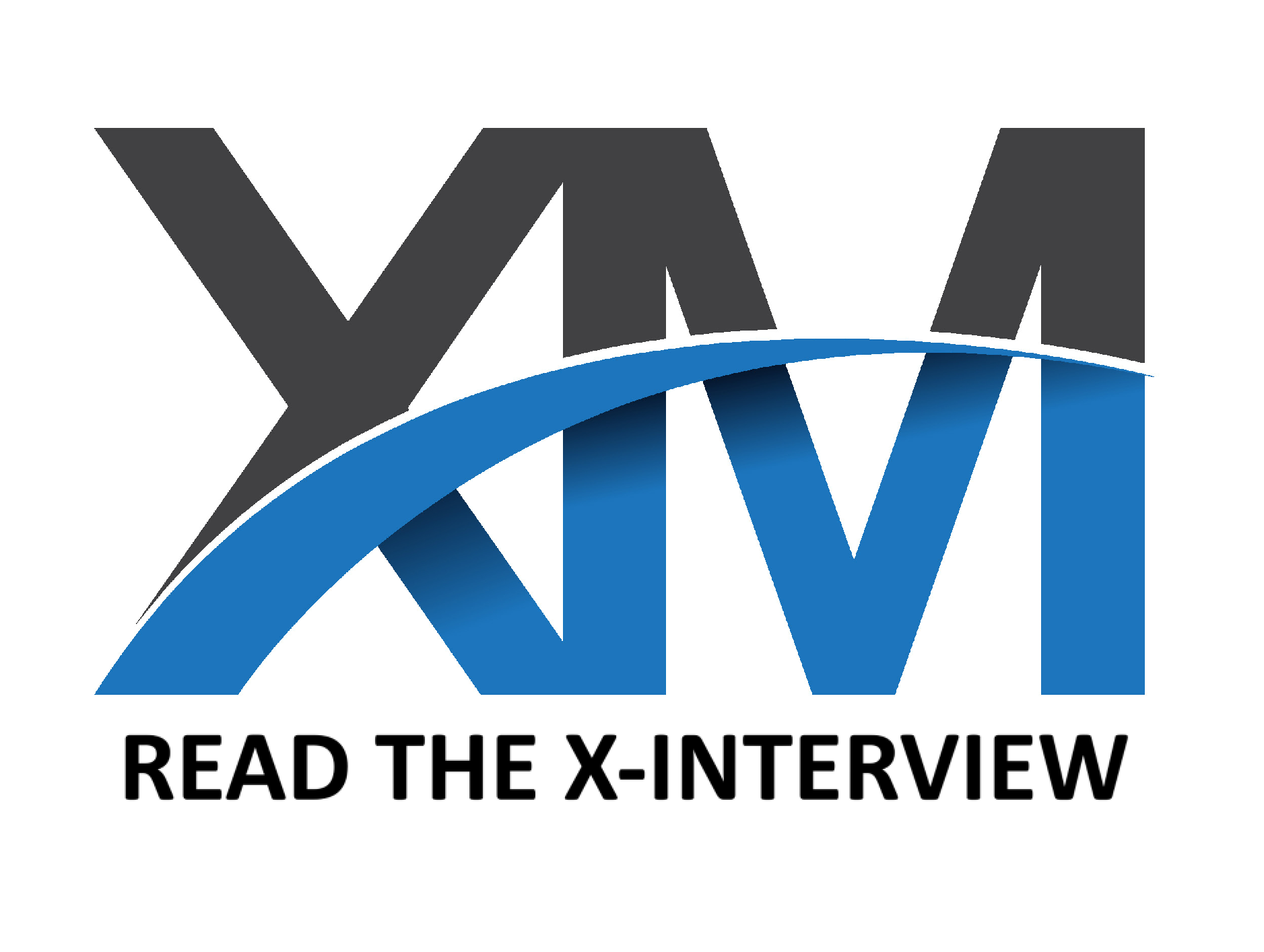the language of business
Bart Fanelli is a Chief Revenue Officer, Author, Award-winning High Growth Sales Leader, Founder and CEO of Skillibrium.
Bart previously served as CRO at Outsystems, where he oversaw revenue-generating initiatives as the company grew globally and became ranked as a leader in the Gartner Magic Quadrant for Enterprise Low-Code Application Platforms for six years in a row.
Prior to Outsystems, Bart spent seven years in multiple roles culminating as the Vice President of Global Field Success at Splunk, where he helped drive annual revenue from $60 million to more than $1.5 billion.
“ In the best-case scenario…they're side-by-side with the field organization.”
They're going together to events. They travel together from time-to-time. They're understanding what outcomes the field is positioning for the buyers to experience using the tech they're building.
That's Nirvana! That's the best-case scenario.
And then they can ask valid questions rather than simply deciding without consulting who would be, in large part, the closest to the customer every day of the year. It's just critical. It has to happen early in a company's life cycle for it to stick.
It’s not to say that a company that does not embrace this concept cannot be successful, they can. However, they will underperform compared to those that do.
“ If you want to continue to grow, your GTM and Design integration matters.”
I’ll tie that back to the natural and organic conversation with the Head of UX at Splunk, which was just an organic alignment, right.
How are our customers using the product? And how is your GTM organization positioning and selling our product? And what is the outcome? And then how can I make that better? That's kind of this “Nirvana loop.”
I think it's easier in small companies, harder in big companies, but we all aspire for that to happen. In smaller companies, it's easier due to the ability to get in a room and set the foundation.
So, maybe it's a $100 million (target revenue), probably once you get to $100 million, you know you've got something that's meaningful.
And in this case, with Design, it absolutely should be symbiotic. I’ve sat with many founders in companies with $25M to $80M in revenue that have no idea what GTM motion got them to that point – literally.
“ how the correlation of leading to lagging works.”
I've been a part of the lagging indicator conversation and an analyst loop where no one takes the time to understand the leading indicators. And they make decisions anyway based on the lagging indicators, which are months old.
There's no thought of how the correlation of leading to lagging works. So, in our world, when you have mostly cloud companies, if you don't have a good handle on telemetry, how customers are interacting with your product, how are you making any decisions on the product side?
The first step for me is looking at the leading indicators to product that tell me how customers are consuming what we've already served them. And that should be how the design process unfolds over time.
Well, guess what? There's a whole set of leading indicators that were executed to achieve landing a customer who is using the product.
So, now you have to go shift left again, and that's usually the GTM function, the customer success function, that helps customers use the platform and find success in it.
Those are all leading indicators or inputs as well. Then we're left of [happening prior to] Customer Success, Pre-Sales and Sales. Those are leading indicators for Customer Success.
Few take the time to understand the long tail and how it feeds all the way through to the company metrics.
They all want to talk about the company metrics.
That's the last part of the conversation we should talk about as it’s the end of the process in any given period.


